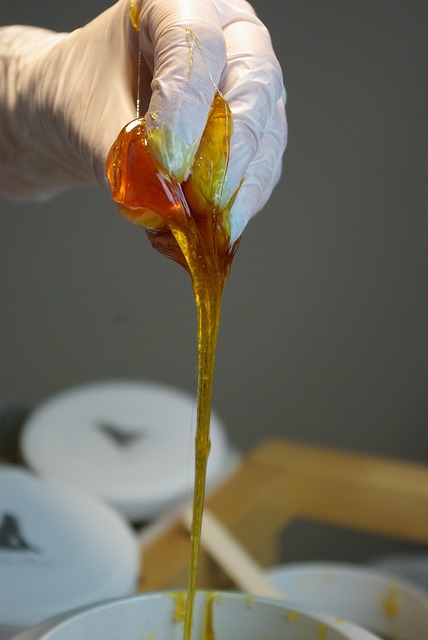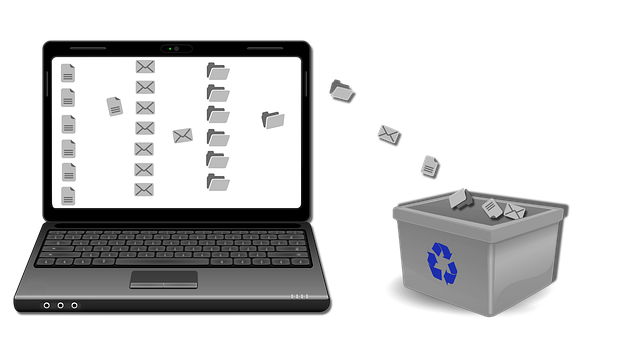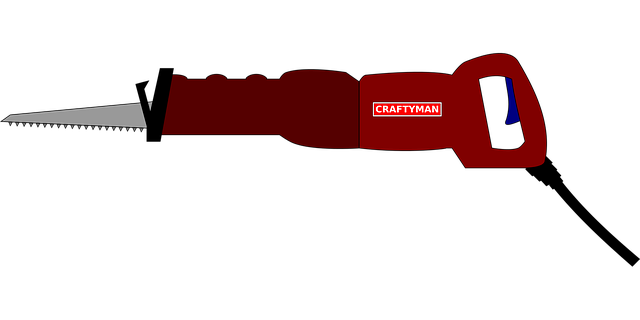TL;DR:
Effective stain removal on carpets and upholstery hinges on understanding fabric types and proper pre-treatment. Identify fabric materials (e.g., wool, nylon) for choosing suitable cleaning agents and techniques to preserve their integrity. Swift action is crucial upon spotting stains—blot excess liquid, then inspect and sweep/vacuum debris.
Key Steps:
1. Pre-treatment: Gently blot stains, sweep/vacuum debris, and let the area dry.
2. Product Selection: Choose stain removers based on fabric type and stain type (e.g., enzyme cleaners for pet urine, mild soap for water-based stains).
3. Technique Variation: Adjust cleaning methods according to fabric delicateness (delicate vs. synthetic fabrics) through pH-neutral cleaners or hot water/household cleaners.
4. Proactive Maintenance: Regular vacuuming and immediate blotting prevent stain buildup. Test cleaning products in hidden areas first.
5. Professional Help: For severe or persistent stains, seek professional deep cleaning services for specialized equipment and tailored techniques.
Carpet and upholstery cleaning is a necessary yet often daunting task. Understanding different fabric types, identifying stains, and choosing the right products are crucial steps in effective stain removal. This guide covers everything from pre-treatment preparation to dealing with common stains on specific fabrics and maintaining a stain-free environment. Learn the pros and cons of DIY versus professional help for optimal carpet and upholstery care, ensuring your spaces stay fresh and clean. Discover expert tips and tricks for efficient stain removal.
Understanding Carpet and Upholstery Fabric Types

Knowing your carpet or upholstery fabric type is crucial for effective stain removal. Different fabrics, from wool to nylon, have distinct properties and cleaning requirements. For instance, natural fibers like wool may require gentle, specialized care to avoid fiber damage, while synthetic materials might be more resilient to harsher techniques. Understanding these nuances ensures the safety and longevity of your carpets and upholstery.
Proper identification allows you to select the right cleaning agents and methods. Always check the fabric care labels on your carpet or furniture for recommendations. Professional cleaners often have extensive knowledge of various fabrics, making them excellent resources for identifying and treating stains effectively while preserving the integrity of your valuable textiles.
Identifying Different Types of Stains

Identifying different types of stains is a crucial step in effective carpet and upholstery cleaning. The first step in stain removal is understanding what you’re dealing with. Common carpet stains include spills from beverages, pet accidents, grease or oil from cooking, and track-in dirt from outdoor activities. Each type of stain requires a specific approach for optimal cleaning.
For instance, treating a coffee spill promptly with a cold water rinse can prevent the stain from setting. On the other hand, pet urine stains often require an enzyme-based cleaner to break down the odor-causing bacteria. Knowing which products and techniques are best suited for each type of stain will ensure effective stain removal and maintain your carpets and upholstery in top condition.
Pre-Treatment: Preparing the Area Before Cleaning

Before diving into the stain removal process, proper pre-treatment is crucial. This initial step involves preparing the area to ensure optimal cleaning results. It’s essential to act quickly when dealing with stains, as fresh stains are easier to treat. Begin by gently blotting or absorbing the excess liquid with a clean cloth or paper towel. Avoid rubbing, as it can spread the stain further into the fibres.
Once the visible moisture is gone, inspect the area for any remaining debris or particles that might have caused the stain. Gently sweep or vacuum the floor or upholstery to ensure a clean surface for cleaning. This preparation ensures that the cleaning solution targets only the stain and surrounding fibres, enhancing efficiency and reducing potential damage to the carpet or upholstery.
Choosing the Right Stain Removal Products

Selecting the appropriate stain removal products is a crucial first step in effective carpet and upholstery cleaning. The market offers a wide array of options, each designed for specific types of stains and fabric care. When choosing a stain remover, consider the type of fabric or material you’re treating; different materials require specialized care to avoid damage. For instance, certain enzymes work best on organic stains while others are formulated to tackle grease and oil-based spills.
Additionally, look for products that offer deep cleaning benefits, especially if dealing with stubborn or ingrained stains. Read labels carefully to understand active ingredients and their safety profiles around children and pets. Always follow application instructions for the best results, ensuring a thorough clean without causing damage or discolouration.
Step-by-Step Guide to Effective Stain Elimination

Removing stains from carpets and upholstery is a multi-step process designed to tackle even the most stubborn marks. First, identify the type of stain for the best approach—be it from wine, pet accidents, or food. Next, act swiftly as fresh stains are easier to remove. Start by blotting the surface gently with a clean cloth or paper towel to absorb excess liquid. Avoid rubbing, which can spread the stain further.
For water-based stains, mix mild soap or detergent with warm water and gently apply it to the affected area. Scrub lightly with a soft brush or sponge, then rinse thoroughly. For oil-based stains like grease or ink, use a commercial stain remover or a mixture of white vinegar and dishwashing liquid. Apply, let sit for several minutes, then blot dry. Test any cleaning solution in an inconspicuous spot first to ensure it won’t damage the fabric.
Dealing with Common Stains on Specific Fabrics

Dealing with common stains on specific fabrics is a crucial aspect of carpet and upholstery maintenance. For instance, stain removal on silk requires gentle handling due to its delicate nature. Using mild, pH-neutral cleaners and a soft cloth, gently blot the stain from the edge towards the center to prevent spreading. Avoid rubbing, as it can damage the fibers.
When it comes to removing stains from synthetic fabrics like polyester or nylon, a more aggressive approach can be taken. These materials are resistant to most common stains and often respond well to hot water and standard household cleaners. However, always test any cleaner in an inconspicuous area first to ensure it doesn’t cause discoloration or damage.
Tips for Maintaining a Stain-Free Environment

Maintaining a stain-free environment starts with preventing spills and dirt from setting in. Regular cleaning is key; vacuum carpets and upholstery frequently to remove loose debris and dust. For everyday stains, act fast—the quicker you treat them, the easier it is to remove. Use absorbent materials like paper towels or clean cloths to blot liquid spills immediately, avoiding rubbing which can push the stain deeper.
Consider the type of fabric when choosing cleaning products. Always test any cleaner in a hidden area first to ensure it doesn’t cause discoloration or damage. Regular deep cleaning sessions with a professional service specializing in stain removal will also contribute to keeping your carpets and upholstery looking their best over time.
Professional vs DIY: When to Seek Expert Help

When it comes to stain removal, whether you choose to tackle it yourself or seek professional help depends on several factors. DIY methods can be effective for minor stains and regular maintenance. Home remedies like baking soda, vinegar, and hydrogen peroxide are often readily available and cost-effective. However, for deeper, more persistent stains or delicate fabrics, professional cleaning services are best.
Professional carpet and upholstery cleaners have access to specialized equipment and powerful yet safe detergents designed to penetrate and lift stains without damaging the fabric. They also have the expertise to handle tough cases and know when to use specific techniques tailored to different material types. This level of expertise ensures more thorough and lasting results, especially for high-value items or areas with frequent traffic.
